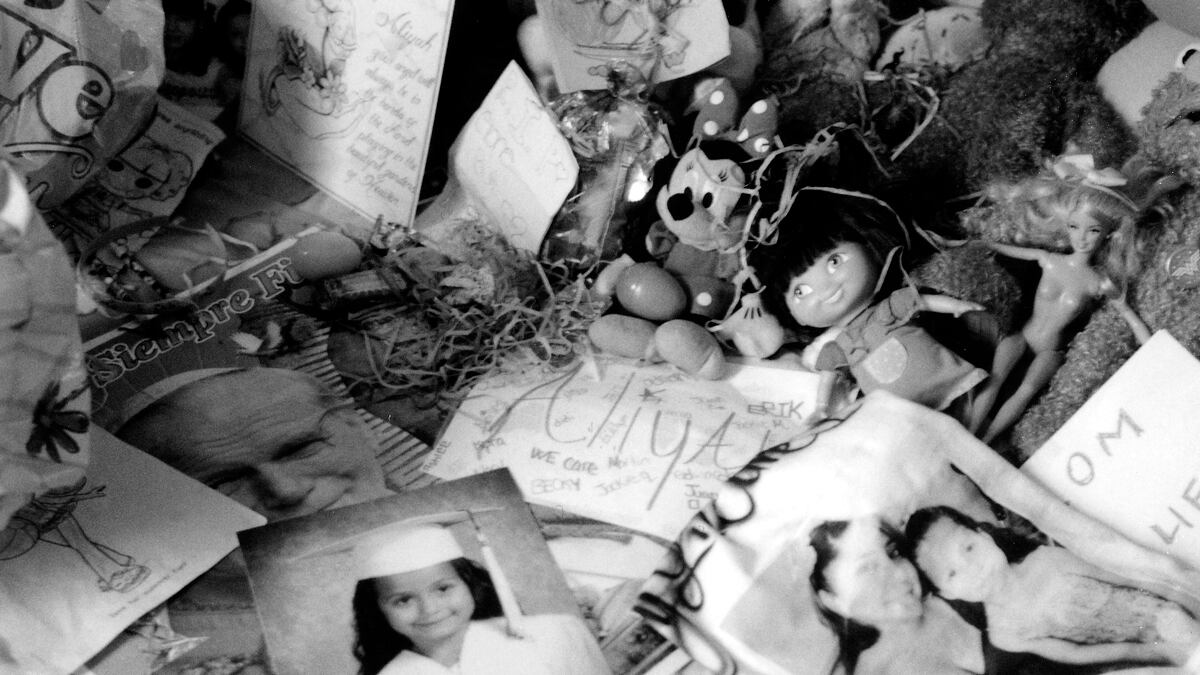Archive
Jon Lowenstein / NOOR for the Daily Beast
Chicago Gang Shootings Spike as the City Tries to Cope
Chicago Gang Shootings
Chicago gang violence left 10 dead on a recent weekend. Aliyah Shell, 6, was one of them. Michael Daly reports.

Trending Now





